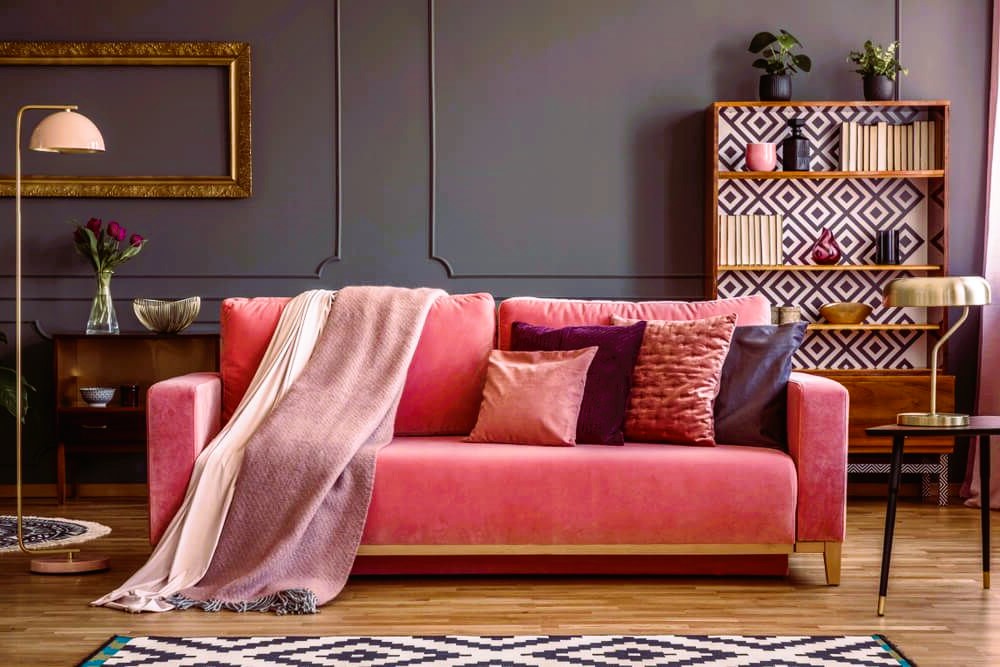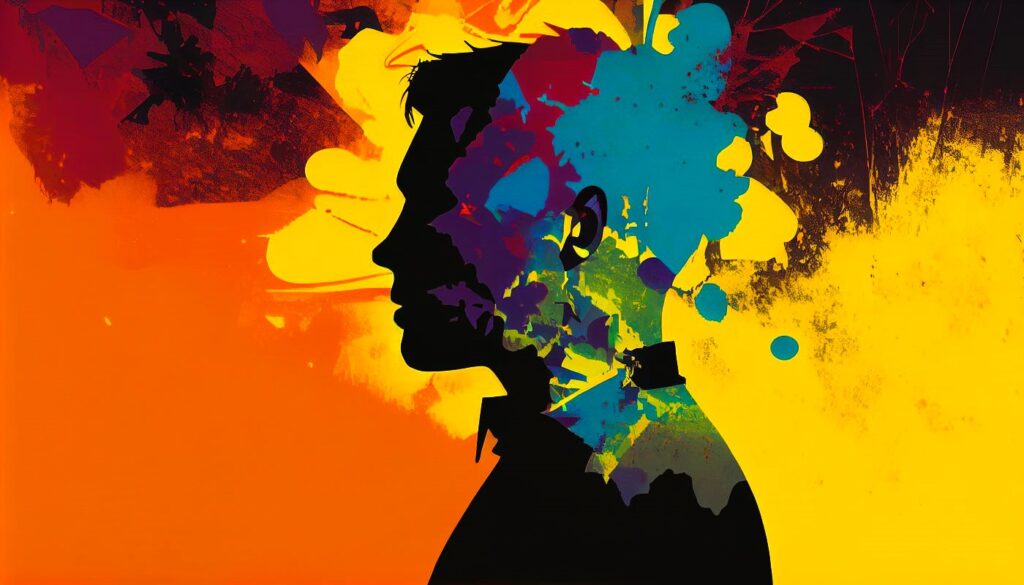Color is a powerful element in the world of design, capable of evoking emotions, shaping perceptions, and influencing our moods. Interior designers understand that the color palette chosen for a space can have a profound impact on the overall ambiance and the well-being of its occupants. In this exploration of color psychology, we delve into the ways different hues can affect our emotions and offer insights into making intentional choices for your living spaces.
Understanding Color Psychology:
Color psychology is a branch of study that examines how colors impact human behavior and emotions. It acknowledges that different colors can evoke various feelings and reactions, making it a crucial consideration in the field of interior design. By strategically incorporating colors into your home, you have the opportunity to create an environment that promotes positivity, relaxation, and productivity.
Warm Hues: Energizing and Invigorating

Reds: Associated with passion and energy, red is a warm and stimulating color. It can increase heart rate and evoke strong emotions. In interior design, red accents or focal points can add excitement and drama to a room. However, it’s essential to use red sparingly, as excessive exposure may lead to feelings of agitation.
Oranges: Symbolizing warmth and vitality, orange is a color that promotes enthusiasm and creativity. It’s an excellent choice for spaces where social interaction and creativity are encouraged, such as living rooms or home offices.
Yellows: Yellow is often linked to feelings of happiness and optimism. It is a bright, cheerful color that can bring warmth to any space. In bedrooms and kitchens, yellow can create a sunny and inviting atmosphere.
Cool Hues: Calming and Serene
Blues: Blue is known for its calming and serene qualities. It can promote feelings of tranquility and relaxation. Bedrooms and bathrooms are ideal spaces for various shades of blue, creating a peaceful retreat within the home.
Greens: Symbolizing nature and growth, green is a color associated with balance and harmony. It can create a refreshing and calming atmosphere, making it suitable for bedrooms or areas where relaxation is a priority. Did you like the article? Read also about Rustic Charm.
Purples: Often linked to luxury and sophistication, purple is a color that stimulates creativity and encourages introspection. In spaces designated for creative pursuits or moments of contemplation, shades of purple can be particularly effective.
Neutrals: Versatile and Timeless
Whites: Associated with purity and cleanliness, white is a versatile and timeless color. It creates a sense of openness and can be used as a backdrop for other colors. White is particularly popular in modern and minimalist designs.
Grays: Gray is a neutral color that can evoke a sense of sophistication and elegance. It provides a subtle backdrop for other colors and complements a variety of design styles. In bedrooms or living areas, gray can create a calm and inviting environment.
Browns: Browns are earthy tones associated with warmth and stability. They can add a sense of coziness to a space, making them suitable for living rooms and areas where comfort is paramount.
Making Informed Design Choices:

When selecting colors for your home, consider the function of each space and the emotions you wish to evoke. It’s essential to strike a balance and avoid overwhelming a room with too many vibrant hues. Neutral colors can act as a foundation, while pops of bold colors can add visual interest.
To delve deeper into color standards and explore a comprehensive palette, you can refer to authoritative sources such as Wikipedia. These platforms provide valuable insights into color theory, cultural associations, and standards that can inform your design decisions.
Color psychology is a fascinating aspect of interior design that allows us to wield the power of color to create spaces that resonate with our emotions and enhance our well-being. By understanding the psychological impact of different hues, you can transform your home into a haven that not only looks aesthetically pleasing but also promotes the desired mood and atmosphere.
In the journey of choosing colors for your living spaces, let the principles of color psychology be your guide. Embrace the opportunity to create a home that not only appeals to the eyes but also nurtures your soul.
